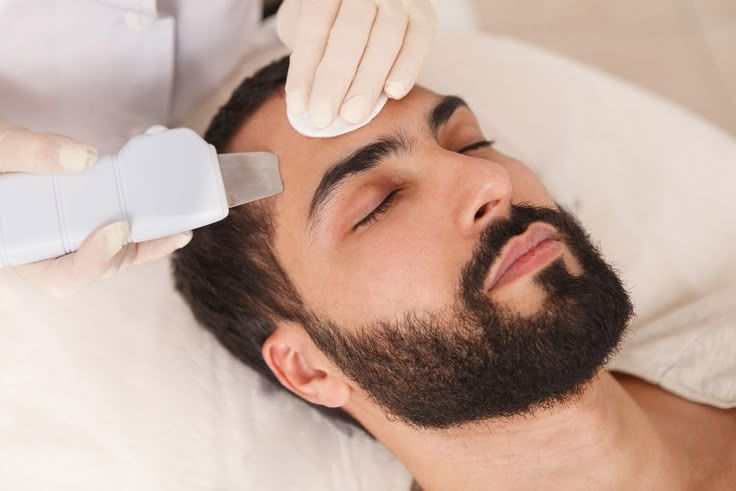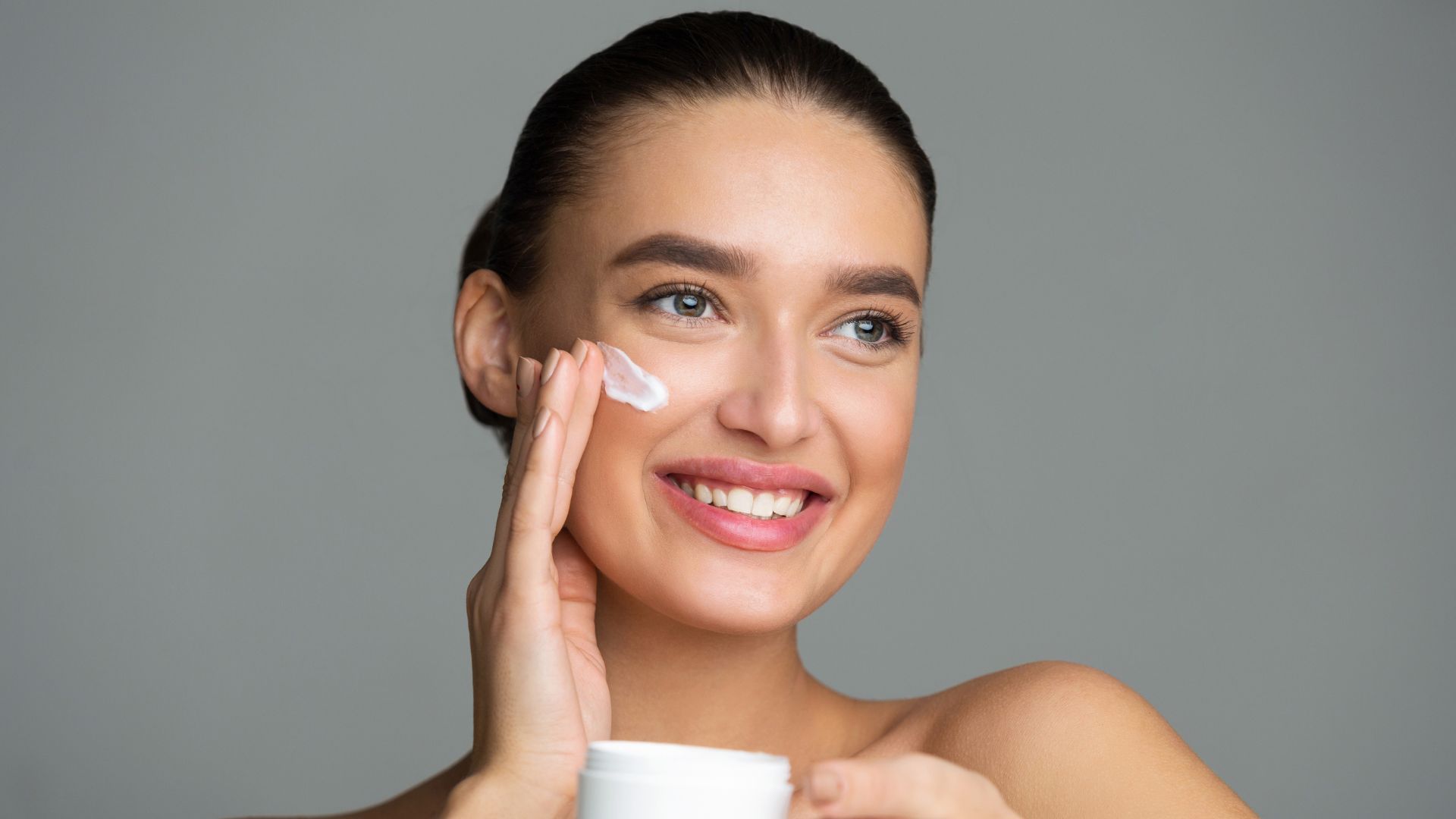Beyond Wrinkles: How Fillers Transform Your Appearance
Beyond the surface-level changes that come with aging, our facial structure itself transforms. As we age, we not only develop wrinkles, but our faces also tend to lose volume, resulting in a less contoured, flat appearance. Dermal fillers have emerged as a cornerstone in aesthetic medicine, offering a minimally invasive solution for those seeking to rejuvenate and enhance their facial features. In this discussion, we will explore how fillers go beyond merely smoothing out wrinkles, empowering individuals to sculpt and refine their appearance with precision and subtlety.
Exploring the Changes Beyond Wrinkles
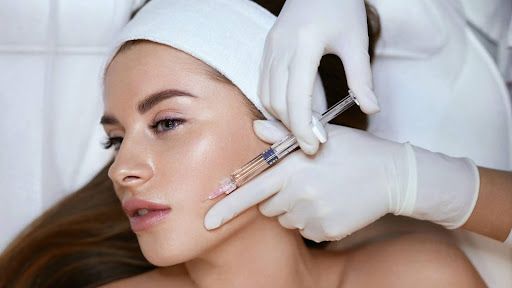
The gradual loss of facial volume is one of the subtler, yet significant changes that occur with aging. Dermal fillers, particularly those based on hyaluronic acid, have risen to prominence due to their efficacy in restoring lost volume and providing structure and plumpness to the skin. Unlike treatments that are solely focused on surface-level concerns, injectable dermal fillers address deeper layers of the skin, replenishing fullness and correcting deeper wrinkles.
When expertly injecting dermal fillers, clinicians aim to harmonize facial proportions, subtly enhancing features while maintaining an authentic and natural look. Each injection is an artful placement, where the dermal filler injections act as a sculpting tool, allowing practitioners to contour and define areas that have become recessed or flattened over time. Hyaluronic acid-based soft tissue fillers are favored for their compatibility with the body and smooth consistency, ensuring seamless integration with the skin's existing framework.
The Role of Dermal Fillers
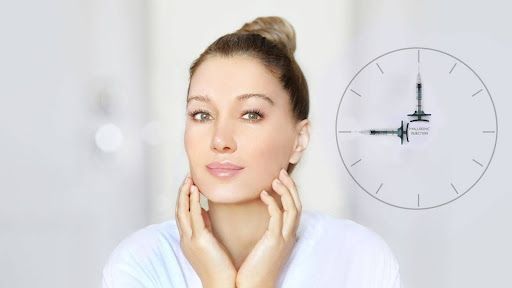
The role of dermal fillers extends beyond superficial cosmetic enhancements; they are dynamic tools in the restoration of youthful vitality to the face. Primarily, injecting dermal fillers means introducing a soft tissue filler into the dermal layer of the skin, thereby sculpting the facial contours from within. These fillers are pivotal in any dermal filler procedure, targeting areas prone to volume loss such as the cheeks and under-eye hollows. They are adept at softening frown lines, filling deep wrinkles, and overall helping to restore volume where facial fat has diminished.
Moreover, dermal fillers are not limited to the correction of deep wrinkles; they can also smooth wrinkles on the skin's surface, offering a dual approach to facial rejuvenation. While some might compare dermal fillers to facial fat grafting, fillers are distinguished by their immediate results and minimal downtime. They support the skin's connective tissue, providing a scaffold for the skin to maintain its elasticity and structure. The hyaluronic acid present in many fillers draws moisture into the area, amplifying their volume-enhancing effects. Unlike other approaches, dermal fillers can specifically treat deeper wrinkles with targeted precision, allowing for a custom-tailored rejuvenation strategy.
How Hyaluronic Acid Restores Youthful Contours
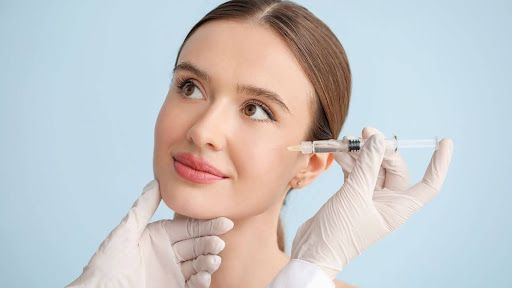
Hyaluronic acid, a naturally occurring substance in the body, is the principal agent used to inject dermal fillers and smooth deep wrinkles. As one of the most popular wrinkle fillers, its ability to retain moisture makes it the ideal injectable filler for restoring youthful contours to the face. The substance is FDA-approved and is widely used in facial fillers to combat facial aging through a simple outpatient procedure.
Due to its capacity to volumize skin folds and fill wrinkles, especially in areas such as the nasolabial folds, hyaluronic acid is indispensable in aesthetic medicine. Unlike fat injections, hyaluronic acid fillers carry a much lower risk of an allergic reaction, which makes it a safer choice for many patients. Furthermore, its consistency allows for even distribution under the skin, avoiding the lumpiness that can be associated with more granular substances like calcium hydroxylapatite.
In action, hyaluronic acid can subtly fill facial wrinkles, making it an attractive option for those looking to address the signs of aging without resorting to more invasive procedures. It's also versatile enough to help with acne scars, providing a smoother skin texture. By integrating with the skin’s tissue, hyaluronic acid dermal fillers not only inject youth back into the skin but also do so with results that can look and feel natural.
Using Fillers to Address Specific Facial Areas

In the realm of cosmetic procedures, fillers shine as a flexible treatment adaptable to various facial areas. Employing fillers under the guidance of skilled plastic surgeons allows for targeted improvements, whether it's bolstering the cheekbones, diminishing smile lines, or refining the jawline. At each injection site, a medical procedure protocol is followed strictly to ensure safety and efficacy. Fillers, as specialized medical devices, are meticulously injected to fill facial lines and are particularly effective in treating vertical lines that appear around the lips and smile lines that frame the mouth.
Moreover, dermal fillers aren't just used for cosmetic enhancements; they play a vital role in reconstructive surgery as well. Surgeons may use fillers to correct asymmetries or rebuild contours after an injury, utilizing the natural component of hyaluronic acid to harmonize with the body's tissues. However, in certain complex reconstructions, CAHA fillers (calcium hydroxylapatite fillers) can be employed owing to their ability to encourage the production of the body's collagen, providing a more substantial and long-lasting repair.
The strategic placement of fillers is crucial to avoid complications such as skin necrosis, which, while rare, can occur if fillers obstruct blood flow to the skin. Experienced practitioners are keenly aware of the anatomy of the face and ensure that the medical devices are employed with precision and care. The goal is always to augment the facial features subtly, complementing the individual's unique features and promoting a look that is both rejuvenated and natural.
Achieving Subtle Transformation with Injectable Fillers
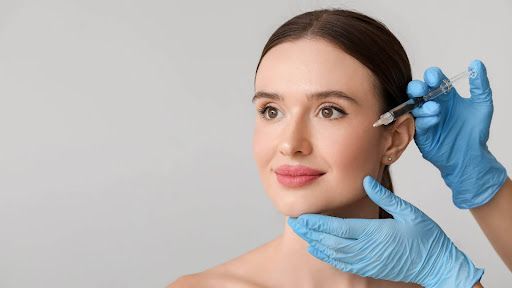
Achieving a more youthful appearance with injectable fillers is an artful practice that hinges on the ability to enhance one’s features without over-correction. The aim is to restore fullness in a way that mimics the natural aging process, where the volume is typically lost. Injectable fillers support the skin's ability to produce its collagen, which is crucial for maintaining long-term structural integrity and suppleness. With subtlety as the guiding principle, fillers can be used to refine the jawline, lift sagging skin, and impart an overall youthful appearance that looks intrinsic rather than artificial. The skillful administration of these gels can blur years from the face, yielding results that are immediate and gratifying, yet deep-rooted in the skin's regenerative capabilities.
What to Know Before Getting Dermal Fillers
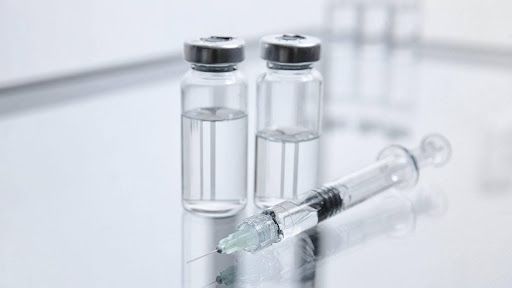
Before deciding to undergo treatment with dermal fillers to address jaw line sculpting, deep creases, smooth lines, or marionette lines, it's essential to be fully informed. A consultation at a reputable medical spa is the first step. Here, professionals can explain how gel-like substances are used to fill shallow contours and enhance facial features. It's critical to understand that, depending on the type of filler and other factors such as metabolism and area treated, the effects of fillers can last anywhere from several months to up to two years.
When considering how fillers work to add volume and rejuvenate the skin, potential candidates should be aware of the various types of fillers available, such as hyaluronic acid, which is a common filler known for its hydrating properties and ability to diminish crow's feet and smooth lines. A thorough medical history will be reviewed to ensure that the treatment is safe and to identify any possible allergies or contraindications.
For natural-looking results, it’s important to have clear communication with your provider about the desired results. Expert injectors will create a personalized plan to strategically place fillers, ensuring that improvements complement your overall facial aesthetics. Remember that while fillers can offer remarkable improvements, realistic expectations are key to achieving satisfaction with the procedure.
Enhancing Results with Fillers and Other Aesthetic Treatments

To maximize the effects of dermal fillers, combining them with other aesthetic treatments can be a powerful approach. Such treatments may include laser therapy, chemical peels, or microdermabrasion to improve skin texture and tone. Using these adjunctive procedures can help ease pain and discomfort associated with skin resurfacing techniques, as the hydrating effect of fillers contributes to a smoother healing process. Moreover, integrating skin-tightening treatments like radiofrequency or ultrasound can further refine the lifting effect sought by many patients.
On top of these professional treatments, patients can also benefit from incorporating 'off the shelf' skincare products into their daily regimen. These products, often containing retinoids, antioxidants, and peptides, can extend and enhance the results of fillers by promoting skin health and elasticity. Yet, it’s imperative to use these products under the guidance of a skincare professional to ensure they complement the filler treatment effectively.
Ready to embrace a refreshed and rejuvenated you? Contact
BelViso Medical Spa today to schedule your personalized consultation. Our team of expert professionals is dedicated to helping you achieve the natural, elegant results you desire. Whether you're considering dermal fillers to enhance your facial contours or seeking to combine treatments for a comprehensive rejuvenation, BelViso offers a suite of services tailored to your unique needs. Don't wait to start your journey to a more radiant self – call us now to book your appointment. Your transformation awaits!
Our Recent News & Articles

